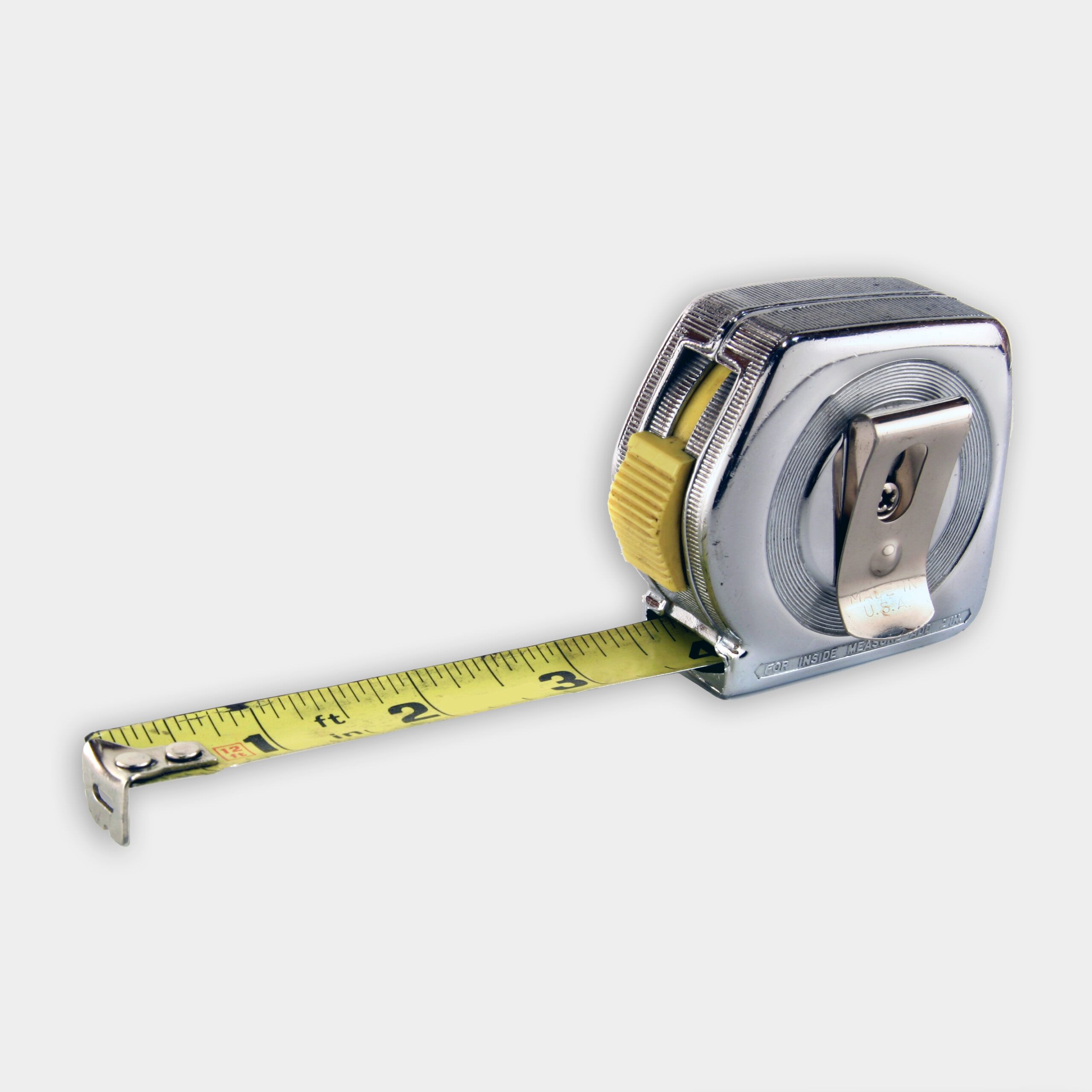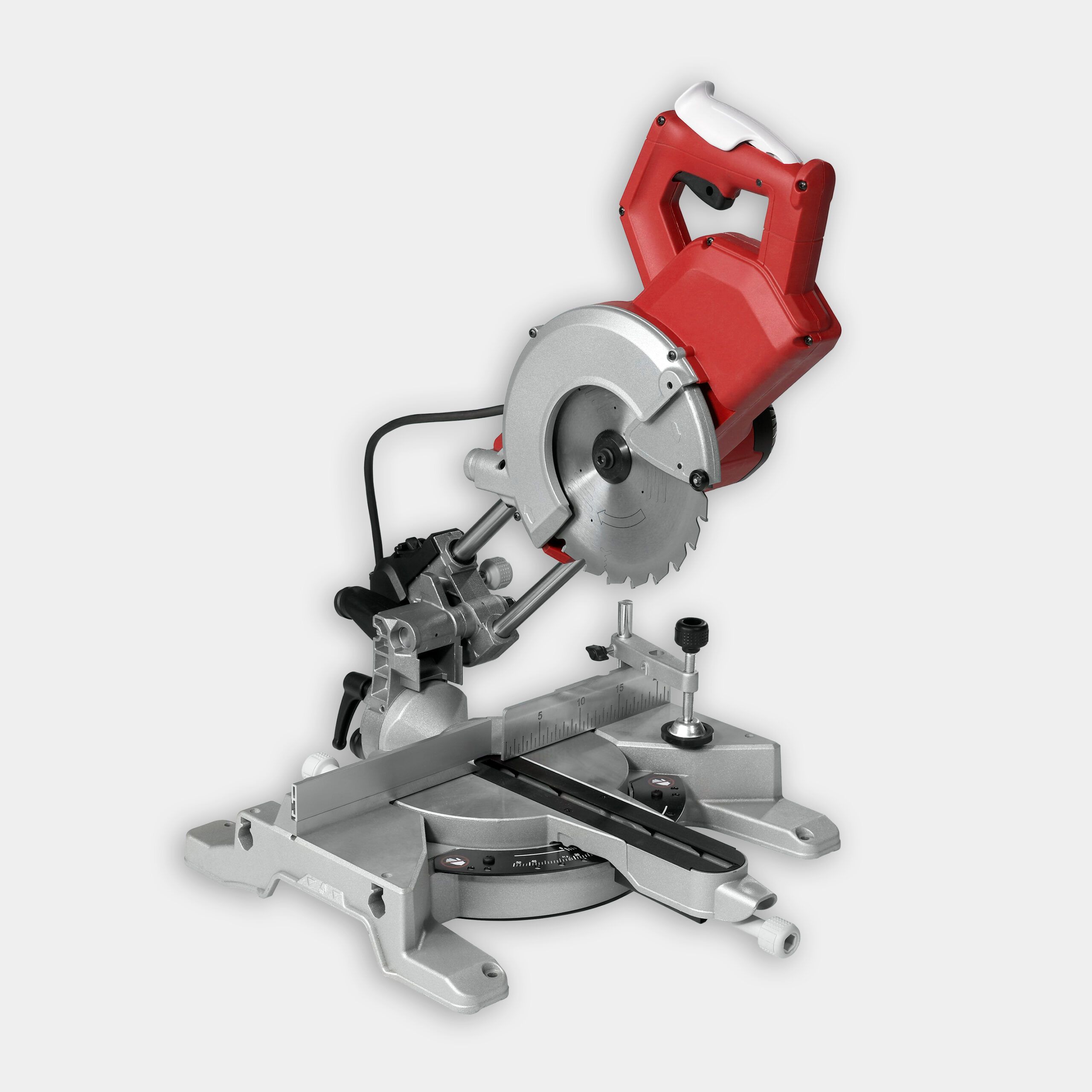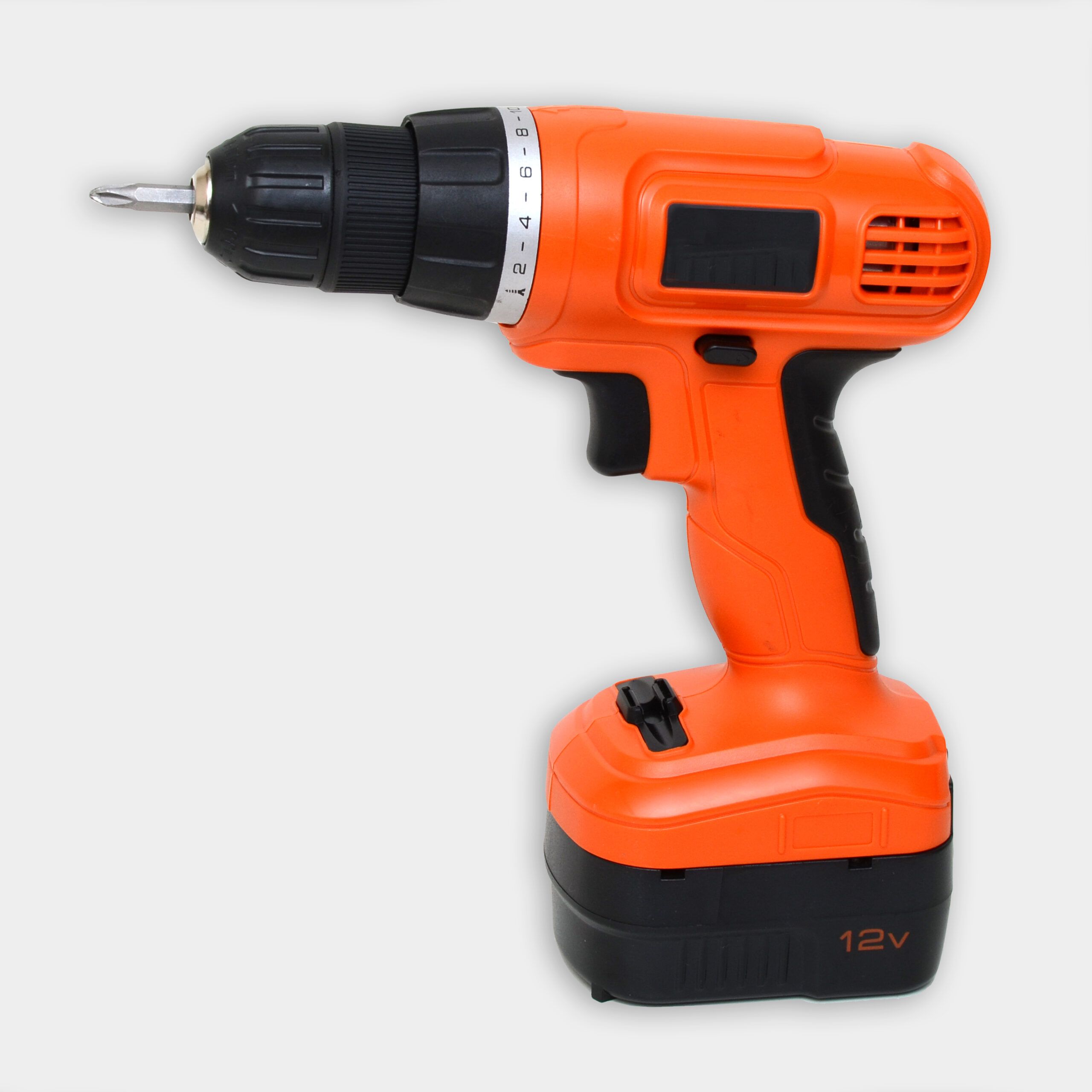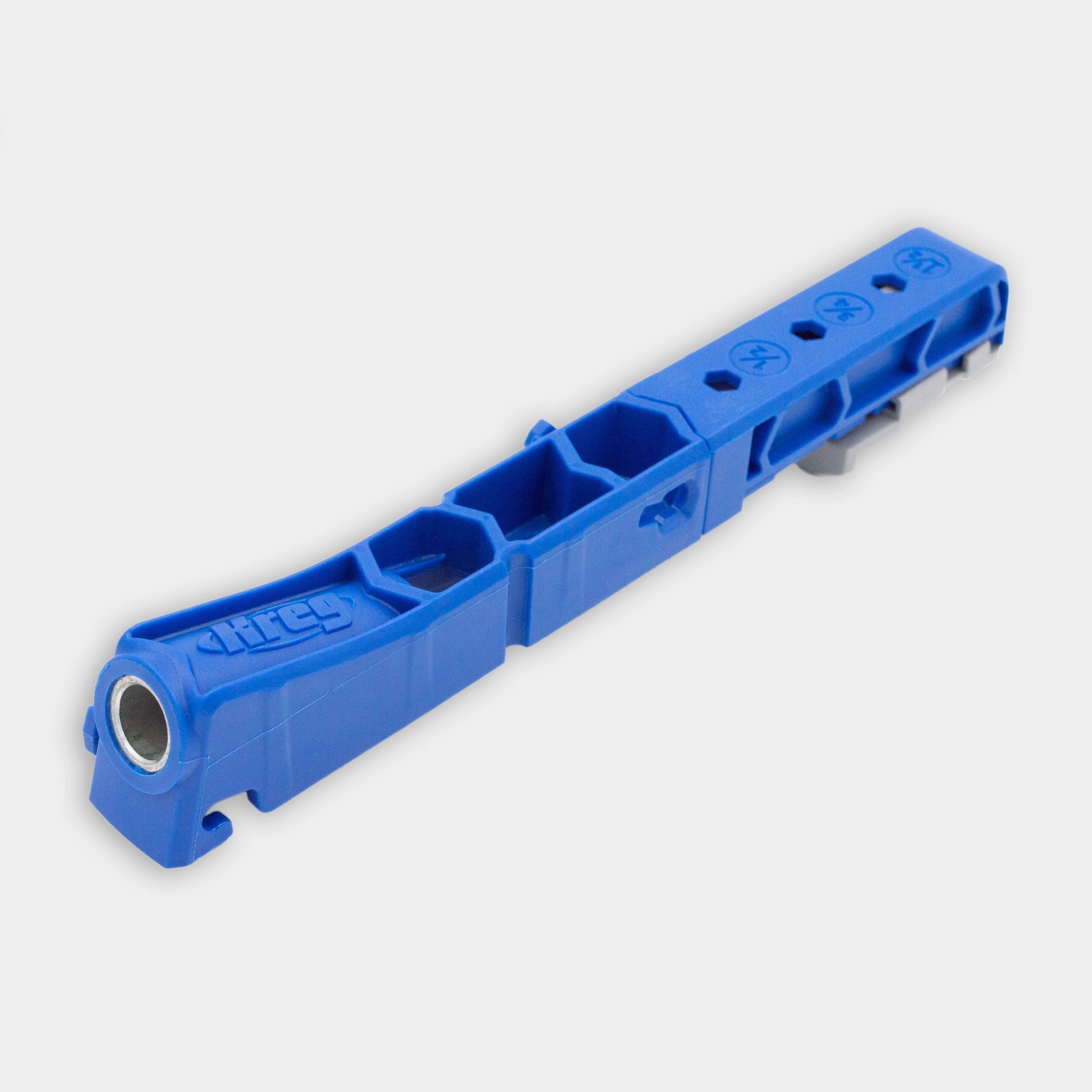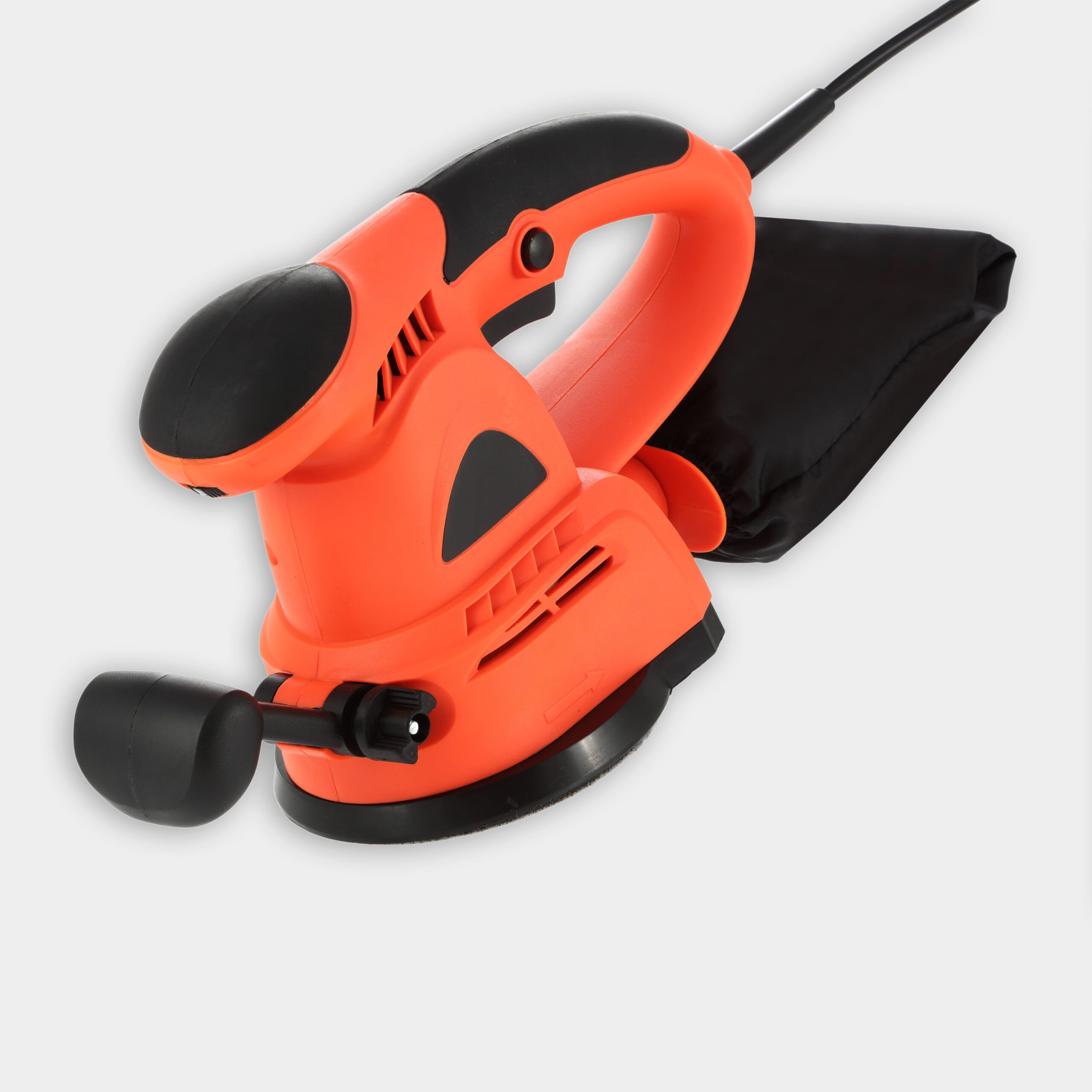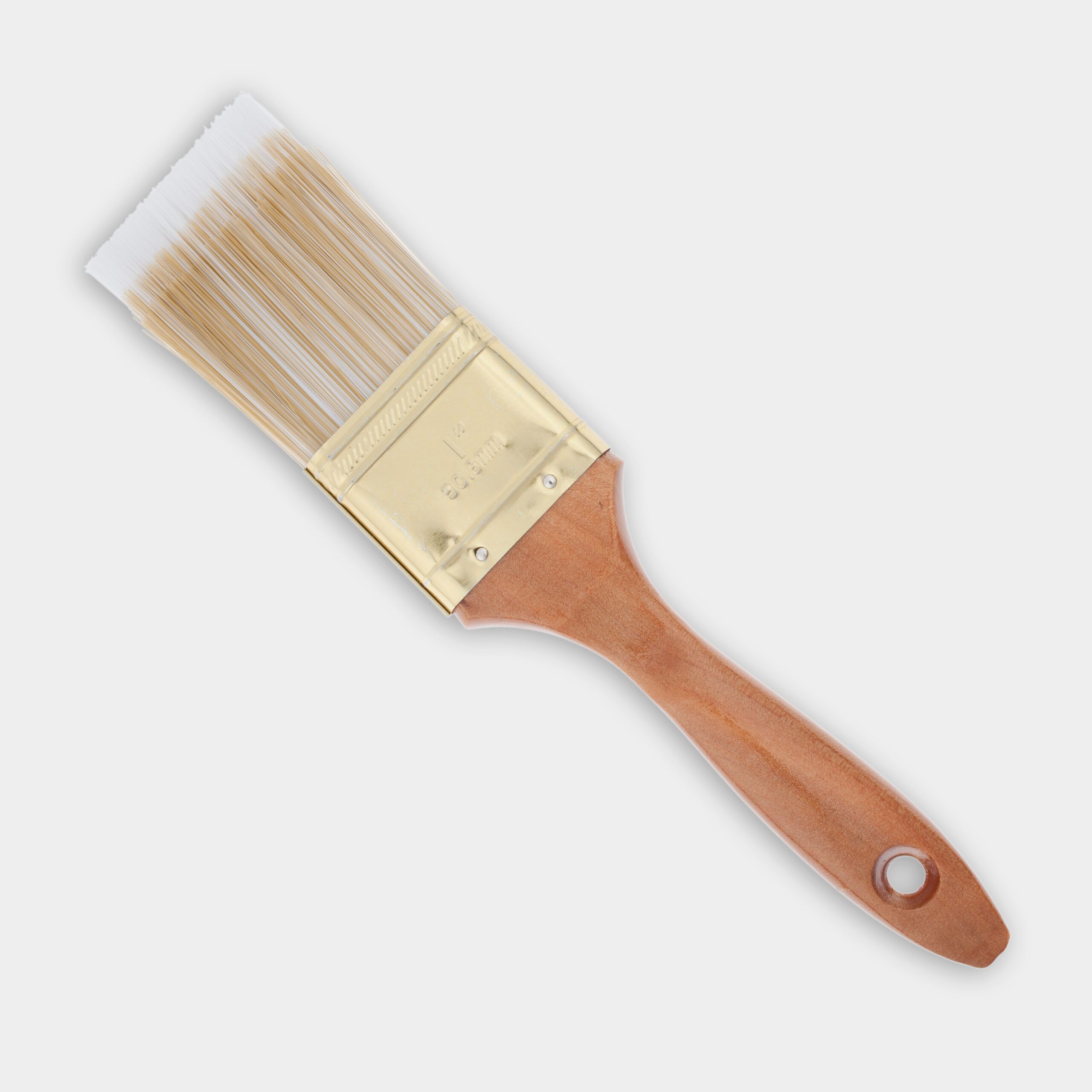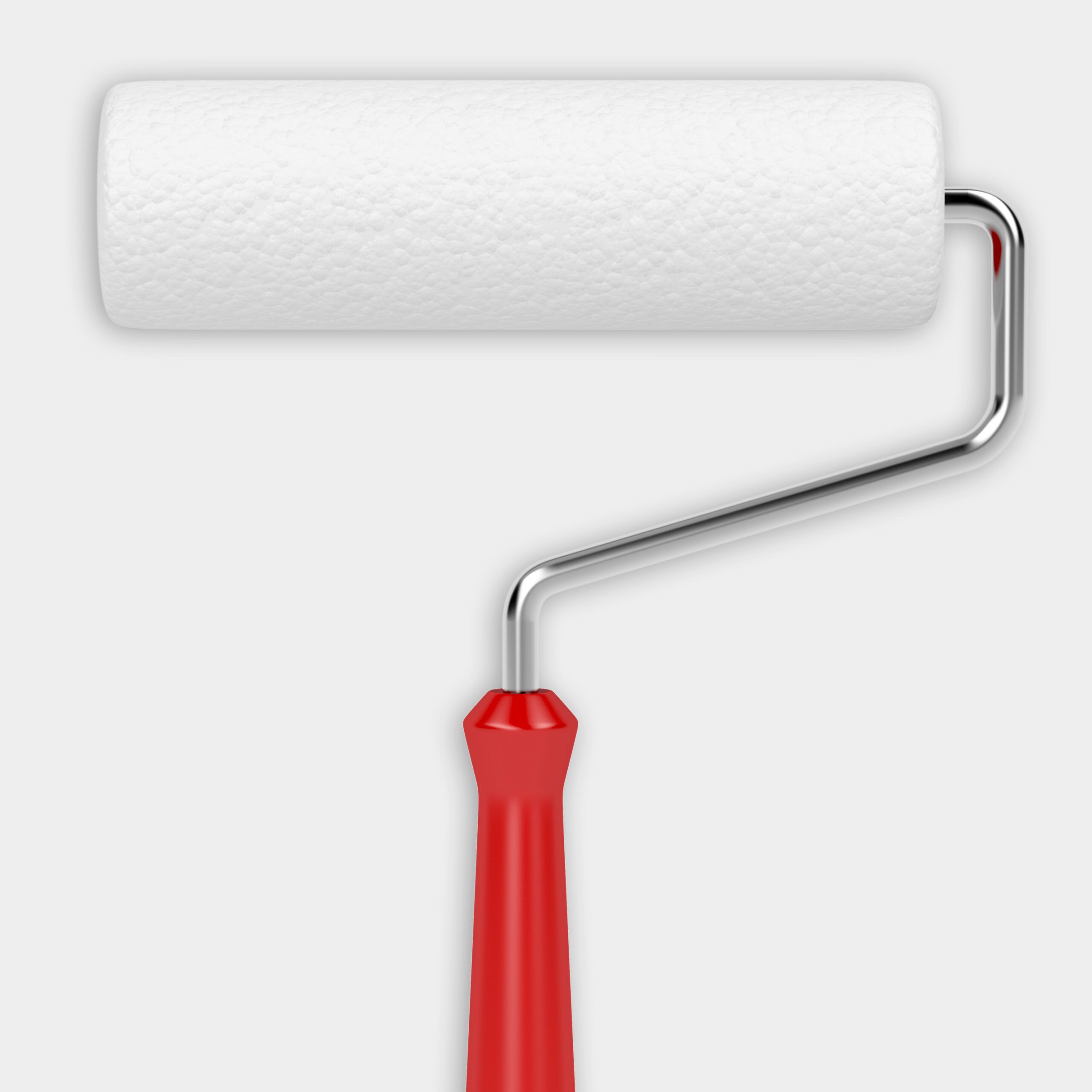Project details
Skill
Cost
Estimated Label
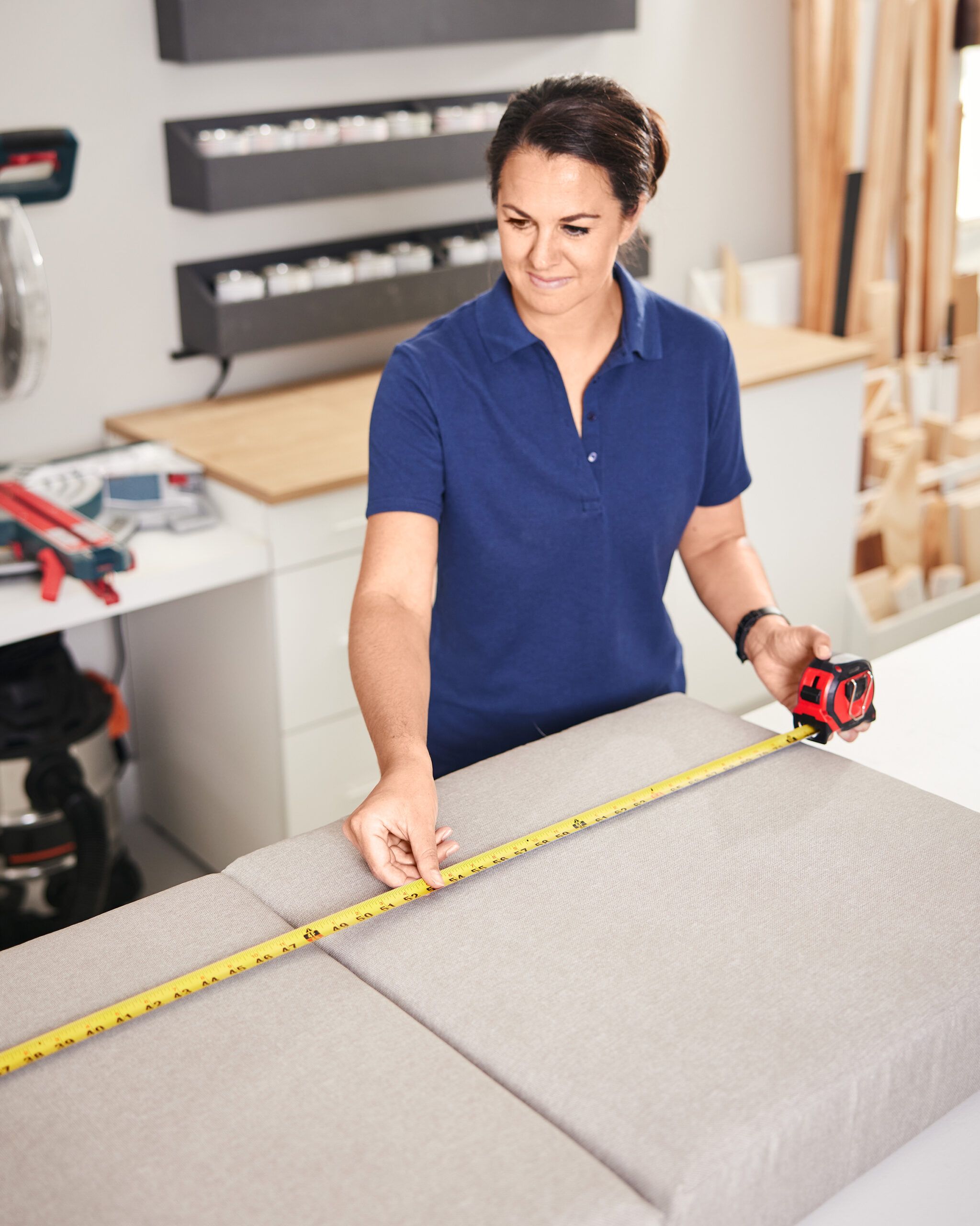
We may be compensated if you purchase through links on our website. Our team is committed to delivering honest, objective, and independent reviews on home products and services.
All-weather outdoor furniture and accessories can cost a pretty penny, especially if you’re shopping during the peak spring or summer seasons. Enter this clean-lined outdoor sofa, which This Old House DIY expert Jenn Largesse made from inexpensive 2-by-4 boards using only a few basic tools. After you cut the lumber to size, pocket-hole joinery makes assembly quick and easy. For the cost of a few cushions and with a few hours of work in the shop, you can have this comfortable couch for a fraction of what you’d pay in most stores.
Once you assemble and stain your outdoor sofa and protect it with exterior polyurethane or paint, this sturdy piece of furniture will help you entertain friends and family for many summers to come.
Materials and Tools Needed to Build an Outdoor Sofa
Before you start building, you’ll need to gather the following materials and tools:
Tools
- 4-inch paint roller
- Drill/driver
- Driver bits
- Miter saw
- Paintbrush
- Pocket hole jig
- Random orbital sander
- Tape measure
Preparing the Wood for an Outdoor Sofa
Properly preparing your lumber as follows will help create a professional-looking finish and improve your outdoor sofa’s longevity.
Selecting the Lumber
When choosing your 2-by-4 boards, look for straight pieces with minimal knots. While dimensional lumber is cost-effective, it often comes with rounded edges and grading stamps. Be prepared to spend some time sanding to achieve a stain-grade finish.
Cutting the Boards
Use a miter saw to cut your lumber pieces to the lengths specified in the cut list below. Use a stopblock when making repetitive cuts to ensure accuracy and efficiency.
- Armrests: Two pieces at 23 1/2 inches
- Back legs: Two pieces at 30 inches
- Backrest boards: Two pieces at 68 inches
- Front legs: Two pieces at 28 1/2 inches
- Seat frame: Two pieces at 68 inches
- Seat slats: 11 pieces at 22 inches
- Side crosspieces: Six pieces at 22 inches
Sanding and Smoothing
Sand all the cut pieces thoroughly, starting with coarse-grit sandpaper and progressing to finer grits. Pay special attention to the edges and ends of the boards. This will help you achieve a smooth, splinter-free surface that will be comfortable to touch and easy to stain.
Building an Outdoor Sofa: Before You Begin
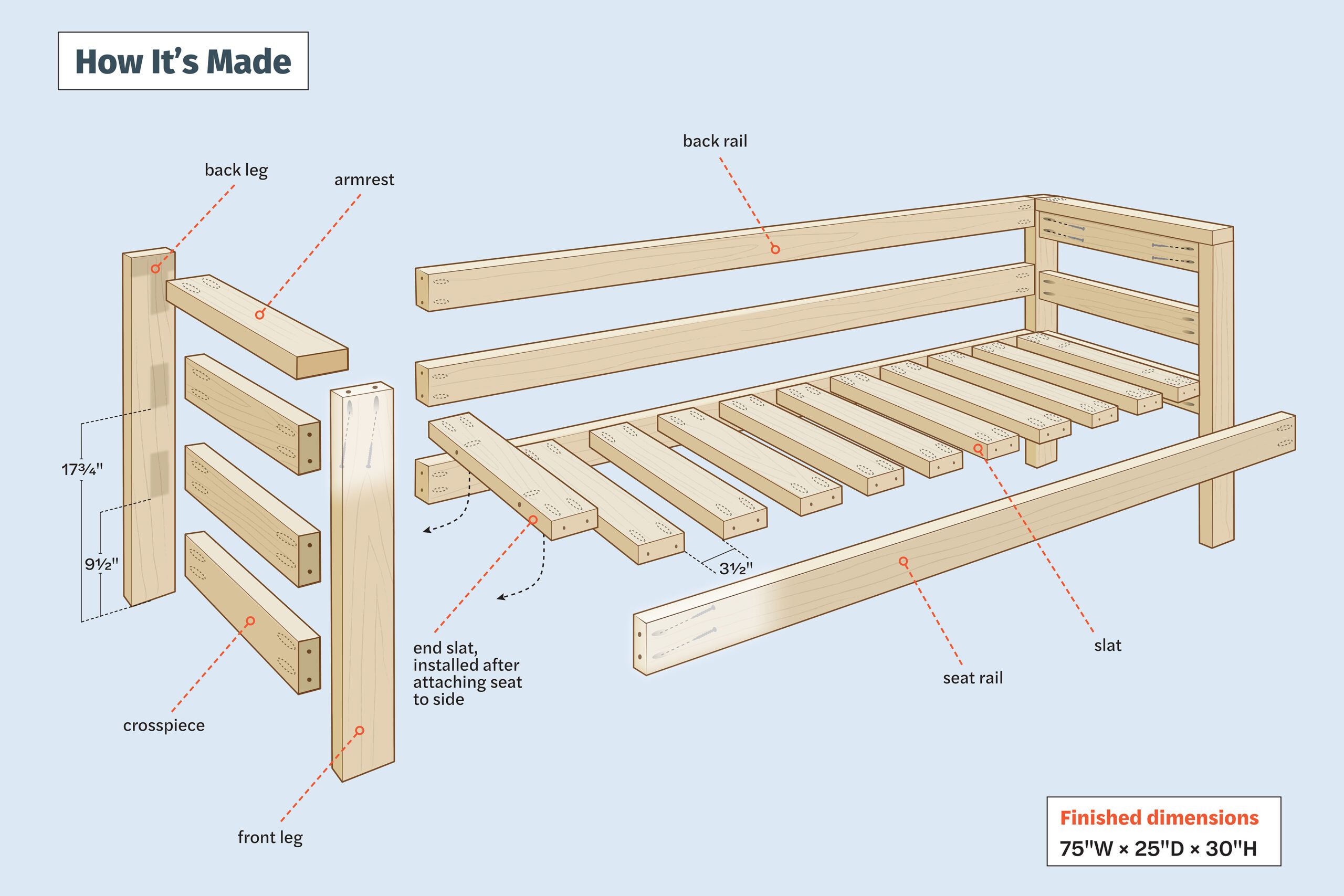
For this project, Largesse manually selected the best-looking 2-by-4-by-8-foot boards—sold as “studs”—from her local home center. Using dimensional lumber is the most affordable option but these boards come with rounded edges and grading stamps, so you’ll need to sand them to transform them into stain-grade stock. If you have access to a workshop, you can run the boards through a thickness planer or use a table saw to remove the rounded edges. You can substitute a naturally weather-resistant wood, such as cedar or cypress, but this would double the cost of the wood used in this project.
Steps for Building an Outdoor Sofa
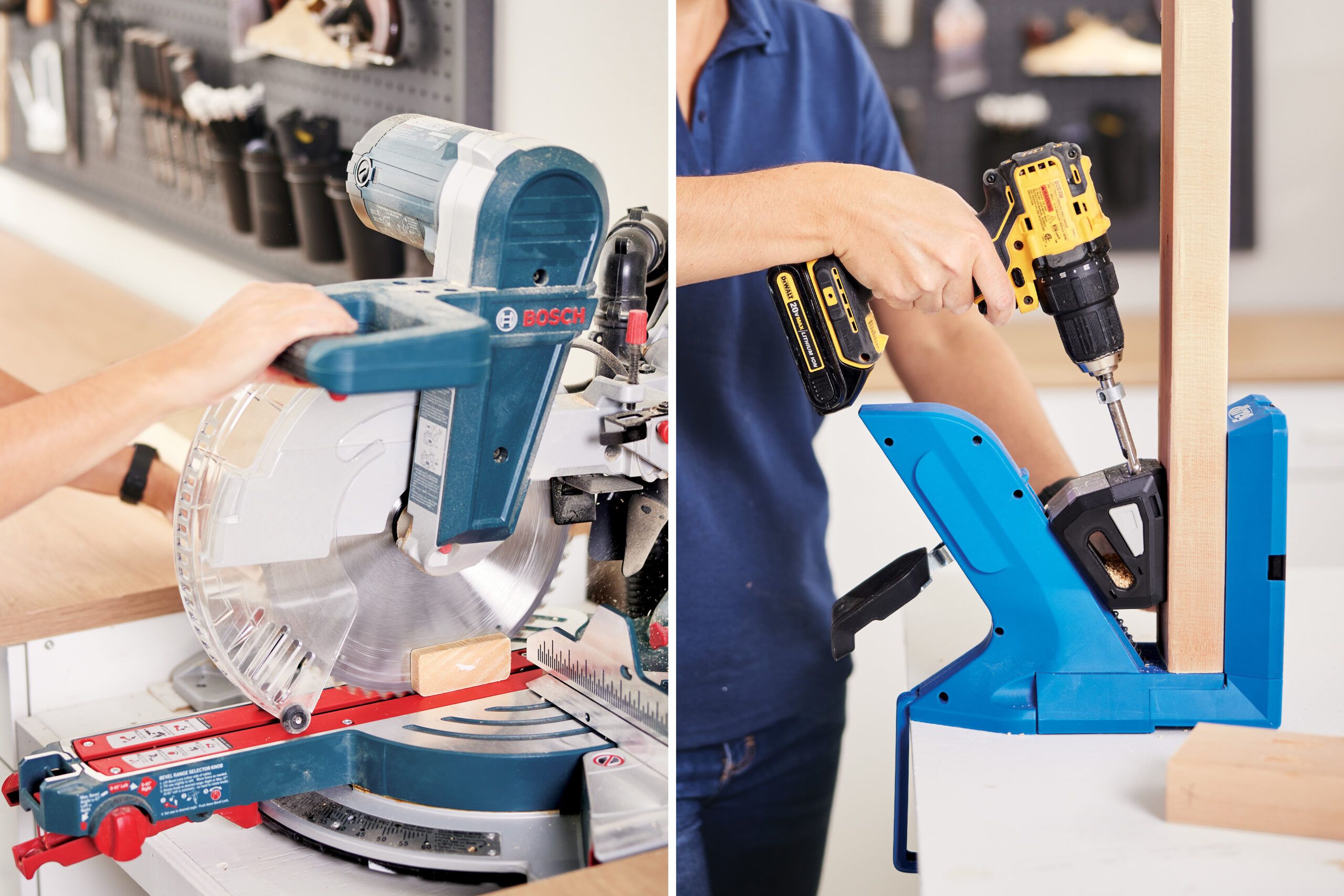
Once you have selected and prepared your lumber, follow our step-by-step guide below to build your outdoor sofa.
1. Cut and Organize the Parts
Following the cut list and cutting diagram above, cut the boards to length. (Tip: Use a stopblock for making repetitive cuts to save time and improve accuracy.) To facilitate assembly, arrange the parts in four stacks: two sides, base, and back.
2. Drill the Pocket Holes
After identifying the best, or “show,” face of each board, use a pocket hole jig to drill holes in the back and inside faces where shown in the above illustration.
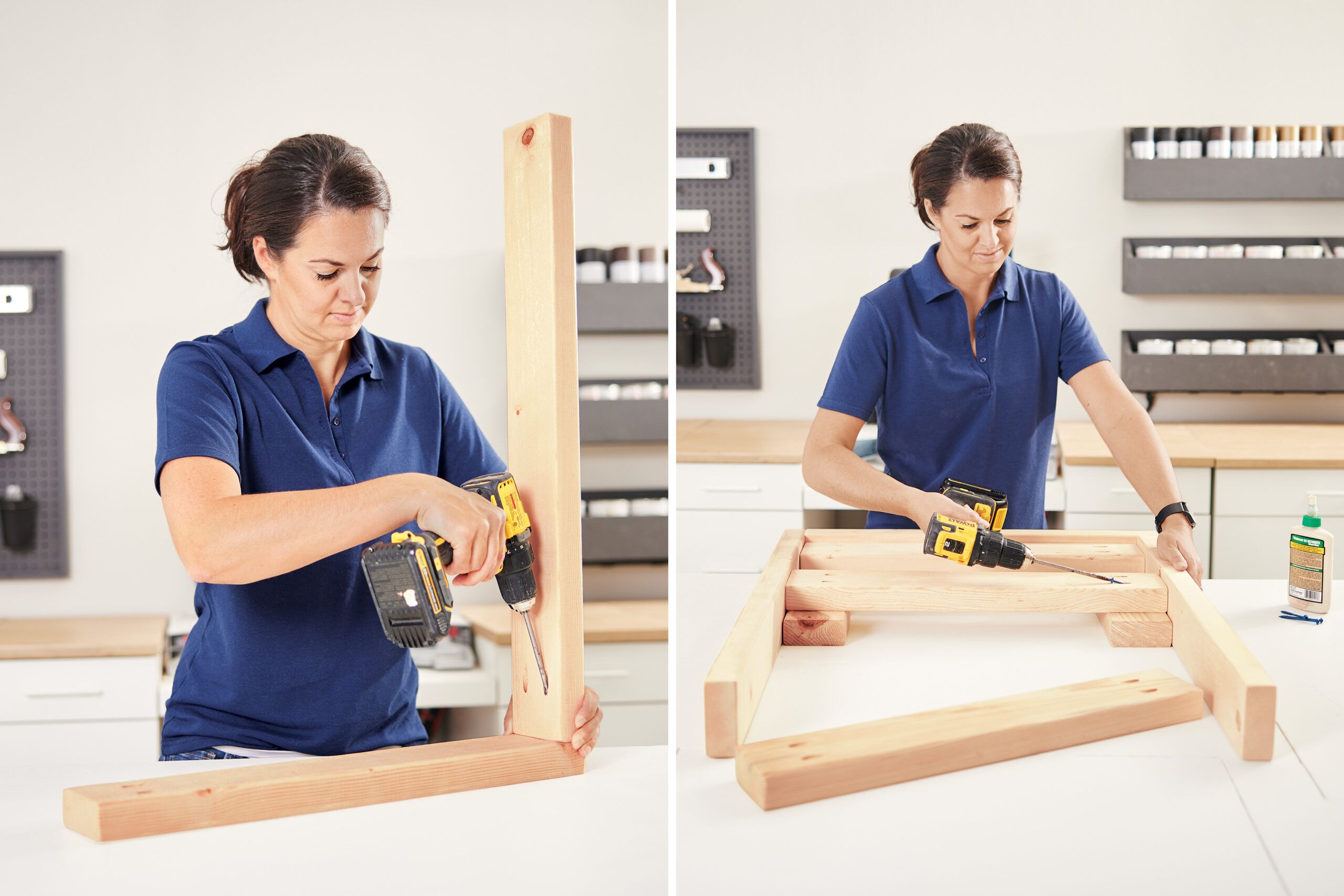
3. Assemble the Side Frames
- With its pocket holes facing inward, position the face of one side’s front leg flush with an armrest’s front end.
- Apply glue and then drive 2 1/2-inch pocket-hole screws through the leg and into the underside of the armrest.
- Next, attach the armrest’s face flush to the end of the back leg.
- Repeat with the opposite side.
4. Add the Crosspieces
- Place the side frames on your workbench, outside faces down.
- Next, set the crosspieces on 2-by-4 blocks between the legs with their pocket holes facing upward.
- Attach the crosspieces to the legs where shown above.
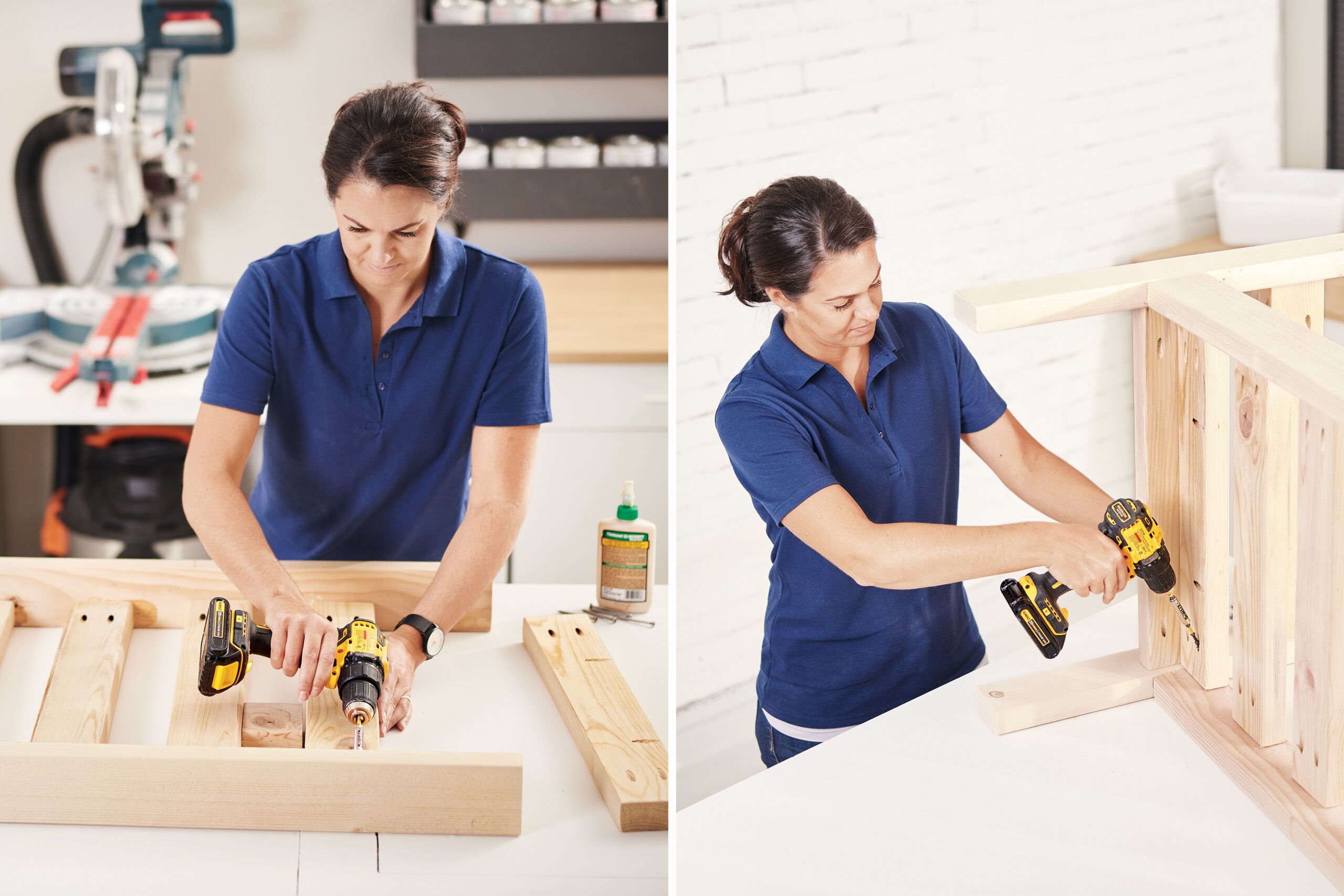
5. Assemble the Seat
- Position the two seat rails on a work surface with their pocket holes facing in the same direction.
- Arrange the slats between the rails about 3 1/2 inches apart with their pocket holes facing upward.
- Glue and screw the interior slats to the rails, but leave the two end slats loose for now.
6. Attach the Seat to the Sides
- Stand the seat and one side on their back edges as shown above.
- Align the seat rails with the top edges of the lower crosspiece. Then, attach the rails to the legs.
- Repeat the process with the other side.
- Next, insert one end slat between the seat rails, butt it against the bottom crosspiece, and screw it to the side and seat assemblies.
- Repeat at the other end with the remaining slat.
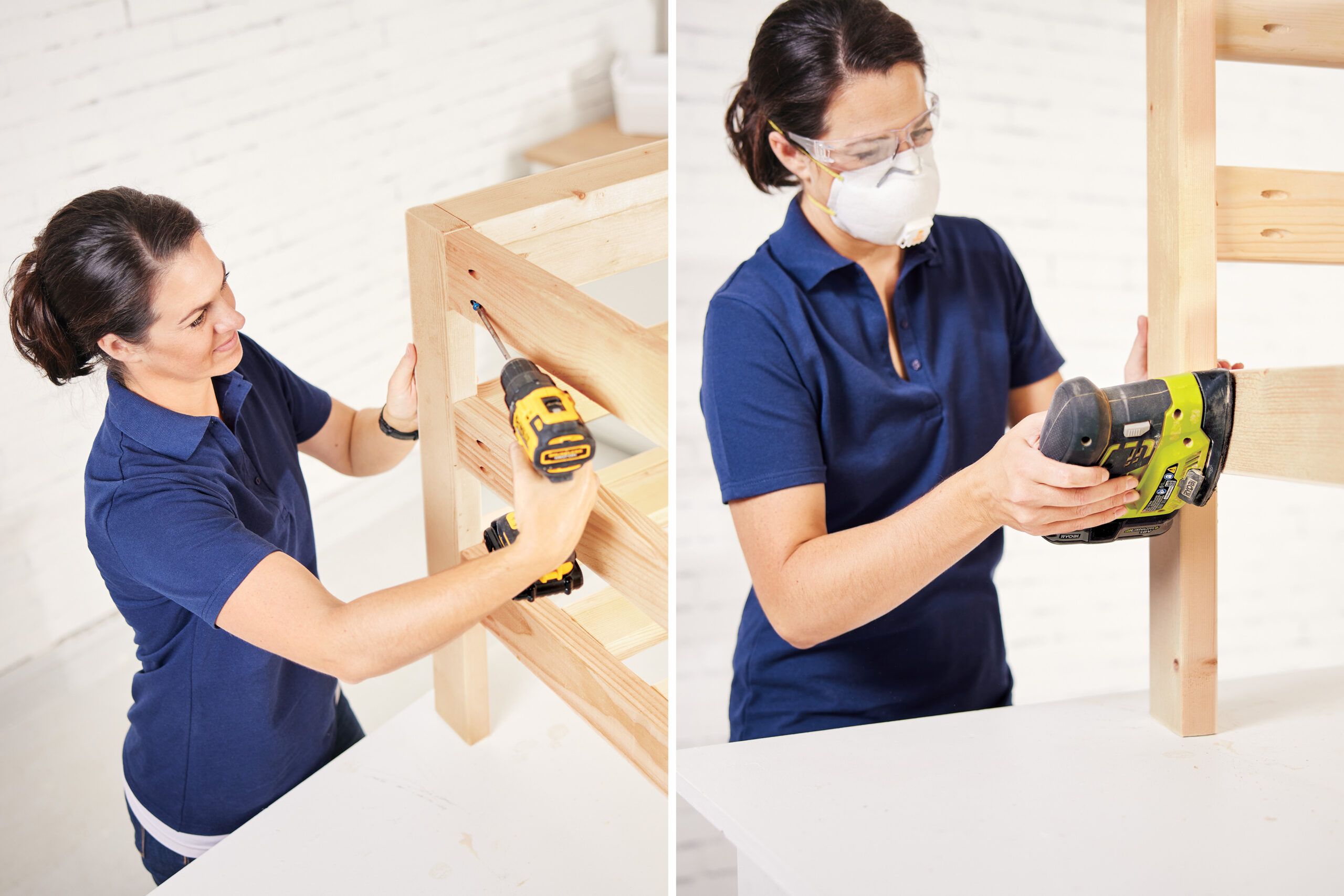
7. Add the Back Rails
- Clamp the top back rail flush with the top of the back legs. Then, screw it to the sides.
- Similarly, position the lower back rail midway between the upper back rail and the seat rail and attach it to the sides.
8. Stain and Seal the Parts
- Fill the pocket holes with plugs or wood filler and sand up to 120 grit.
- Apply stain if desired and then two coats of exterior polyurethane or paint.
- Thoroughly seal any spots where water can sneak in—including any exposed end grain, pocket holes, and the bottoms of the legs—to protect your sofa from the weather.
Finishing Touches for an Outdoor Sofa
The final steps in creating your outdoor sofa involve filling holes, sanding, and applying a protective finish to ensure your new furniture piece withstands the elements.
Filling and Sanding
Sanding your sofa’s surface ensures it’s smooth and ready to accept an even application of stain or paint. Opt for a finishing sander to achieve a more polished look and follow these steps to fill and sand your sofa:
- Fill the pocket holes with wood plugs or wood filler.
- Sand the entire piece up to 120 grit, ensuring a smooth surface throughout.
Adding Additional Stability
Consider adding diagonal braces to the corners of the sofa frame for increased stability. Cut four 10-inch diagonal pieces from your leftover 2-by-4 boards and attach them to the inside corners with screws and glue. This extra step will ensure that your sofa remains robust and durable over time, especially if you plan to use it frequently or in high-traffic areas.
Staining and Sealing
While a classic wood finish can be attractive, you might want to customize your sofa to match your outdoor decor. Consider painting the frame or using a colored wood stain. This customization allows you to add your personal touch to the project, making it not only a functional piece of furniture but also an aesthetic addition to your outdoor space. Here’s how to stain and seal your sofa:
- Apply your chosen stain color by following the manufacturer’s instructions.
- Once the stain is dry, apply two coats of exterior polyurethane or paint.
- Seal any exposed end grain, pocket holes, and the bottoms of the legs to protect against moisture.
Comfort and Maintenance for Outdoor Sofas
Once the body of your outdoor sofa is complete, you can add some extra comfort-enhancing touches as follows:
Adding Comfort Cushions
To complete your outdoor sofa, add comfortable cushions that fit the dimensions of your seat and back. Select cushions made of weather-resistant fabric and materials suitable for outdoor use. Cushion covers with zippers are easier to clean and maintain. Largesse found her cushions online for $35 per set—each set contained one seat and one back cushion.
Regular Maintenance
Even though your sofa is built to withstand outdoor conditions, regular maintenance will prolong its life. Consider the following tips to maintain your sofa for years to come:
- Apply a fresh coat of protective sealer every year to keep the wood in top condition.
- Clean the sofa frame regularly with a mild detergent and water to remove dirt and grime.
- Inspect the wooden frame regularly for any signs of wear or damage, such as cracks or splinters, and address these issues promptly to maintain the sofa’s structural integrity.
- Store the sofa in a sheltered area during extreme weather conditions like heavy rain or snow.
- Store your cushions indoors or cover them when you’re not using them to protect them from harsh weather.
Our Conclusion
Building your own outdoor sofa is a rewarding project that combines affordability with customization. This DIY approach allows you to create a sturdy, comfortable piece of furniture tailored to your outdoor space. With proper care and maintenance, your handcrafted sofa will provide a cozy spot for relaxation and entertainment. Thoughtful preparation and personal touches ensure that your sofa will be a functional, cherished element of your outdoor living area.
